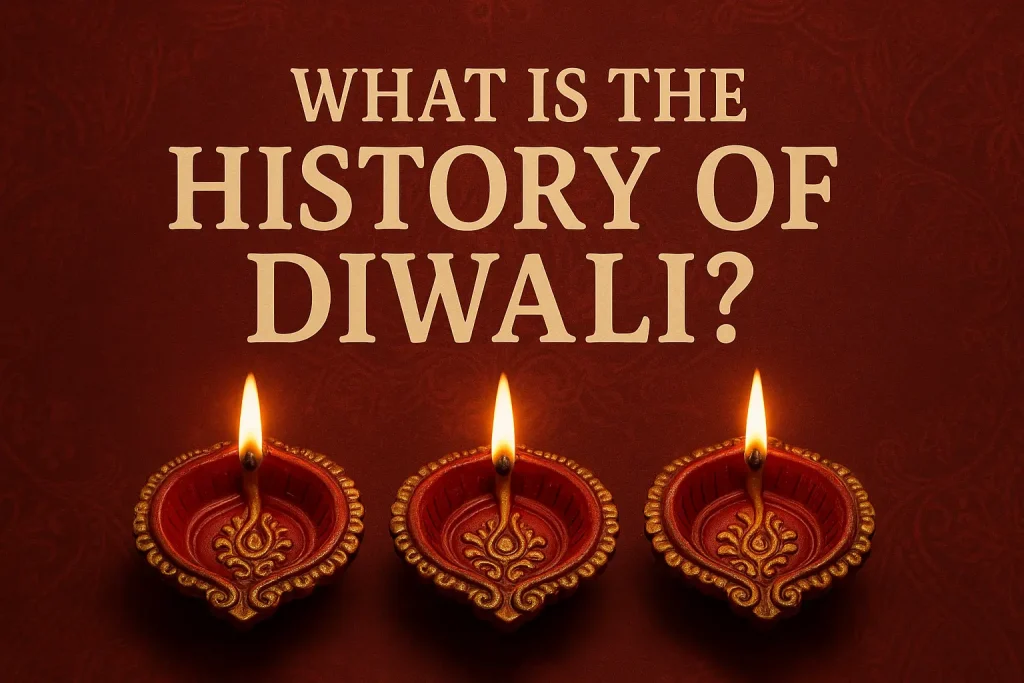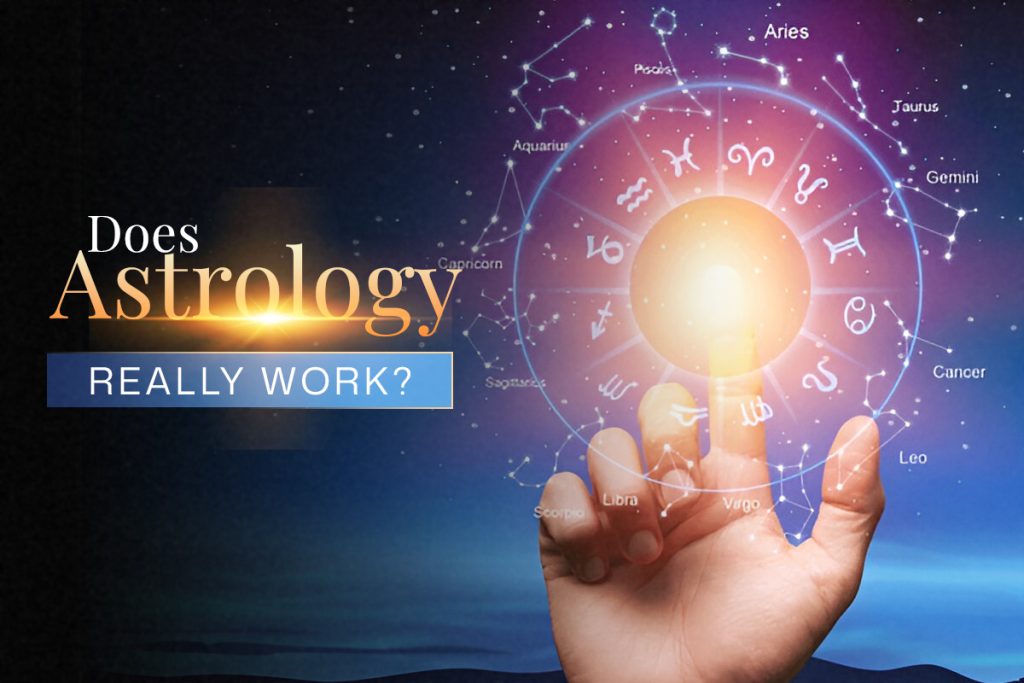In October, the most auspicious and sacred festival in Hinduism: Diwali, or Deepavali, dates back to almost 2500 years ago. It is celebrated throughout India and in countries with Indian diaspora around the world. Known as the festival of lights, Diwali represents the victory of good over evil, light over darkness, and knowledge over ignorance. Let us take a look at the history of Diwali around India.
In the North

The most popular legend and lore associated with Diwali is the story of Rama, Sita, Lakshamana retuning to Ayodhya after their exile. Rama, an avatar of Lord Vishnu, was exiled from his kingdom due to the evil scheme of his stepmother, Kaikeyi.
After 13 years in exile, Rama, Sita, and Lakshmana return to the kingdom. It is said that the people of Ayodhya lit earthen lamps to welcome Rama, the rightful king, and celebrate his coming.
In the Padma Purana, Goddess Lakshmi was born on Dhanteras, the first day of Diwali. It is also believed that she chose to marry Lord Vishnu on Diwali.
In the South

In southern India, Diwali is associated with the victory of Krishna and his wife Satyabhama over the demon Narakasura, in which he frees 16,000 women from the demon’s grasp. Krishna then declared it a day of celebration. The day Narakasura was killed is called ‘Naraka Chaturdashi’ and it is celebrated one day before Diwali. Bali Pratipada, the fourth day of Diwali, celebrates Vishnu (as Vamana) burying King Bali.
The Five Days of Celebration
Diwali lasts for five days, and the dates that it is celebrated on change every year. These dates are based on thee Hindu lunar calendar. Usually, Diwali falls between mid-October and mid-November.
Day 1: Dhanteras
Dhanteras is the first day of Diwali. People belive that buying gold, silver, or household articles like utensils on this day is highly auspicious.
Day 2: Naraka Chaturdashi
Krishna achieves victory over Narakasur. Also called ‘Chhoti Diwali’. Visiting friends and family, buying sweets and food for the next day is considered auspicious.
Day 3: Diwali
On Diwali, people worship Goddess Lakshmi and light firecrackers and diyas. Take care to celebrate in a spiritual manner and be mindful of the environment.
Day 4: Bali Pratipada
This day is also known by the names Padwa, Vishwakarma Puja, and Annakoot, depending on the region it is celebrated in. On this day, devotees celebrate the matrimonial bond between a husband and wife.
Day 5: Bhai Dooj
On Bhai Dooj, brothers and sisters celebrate their sibling bond with gifts and sweets.
Not everyone is able to celebrate Diwali in the holy land of Ayodhya. At Ayodhya Astro, we help devotees attend online pujas performed in Ayodhya and gain the sacred blessings of celebrating Lord Rama’s return to his homeland.
Frequently Asked Questions
Diwali originates from the Sanskrit word ‘Deepavali,’ which means ‘rows of lighted lamps’.
Firecrackers are banned in certain places in India to curb the growing air pollution and noise pollution in these areas.
It is believed that the Goddess Lakshmi chose Lord Vishnu to be her husband on the night of Diwali. Since Lakshmi is the goddess of wealth and prosperity, devotees believe that worshipping her during Diwali brings great wealth.
Certain communities of Jains, Buddhists and Sikhs also celebrate Diwali to mark important religious or historical events.
In western states like Gujarat, the New Year coincides with Diwali. It also marks the start of a new financial year for some business and trading communities.



